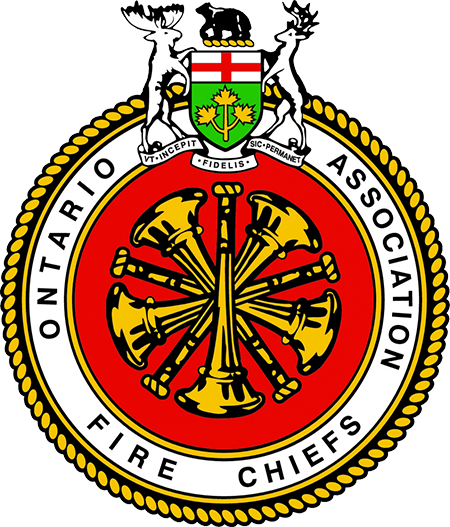Recently, Flash from the Past revealed the unusual history of the Berlin/Kitchener fire department’s wandering bell. However, Waterloo’s fire bell was also, briefly, homeless.
The story of firefighting in Waterloo parallels that of many communities. Before 1857, citizens ran to a fire with buckets, filled at a stream or well, then flung water on the blaze, seldom with effect. Since most of Waterloo’s houses and shops were built of wood at this time structures usually ended up as embers and ashes.
Following Waterloo’s village designation in 1857, council erected a simple two-storey structure — das Spritzhaus — with an upper level council meeting room and a main level storage area for just-purchased, primitive firefighting equipment. At several sites around Waterloo large water vats were installed in the ground and from these, water was carried via hose or buckets to a new piece of equipment purchased in 1872 — an “engine.” This large wagon with a pump, hoses and buckets, was hauled to the fire by volunteers pulling it by rope. On-site, men on either side thrust a horizontal bar up and down to create pump pressure and throw water 15 or 20 yards onto the blaze. Another large wagon containing more hoses, ladders, heavy clothing and axes was also manhandled to the fire.
In 1876, Waterloo, now officially a town, ordered that all new buildings be made of brick, concrete or stone with roofs of fireproof material. Waterloo at the time had a “Hook and Ladder Company” as well as the “Engine and Hose Gang.” These were, in effect, social groups of volunteers, with firefighting as a sideline. They were not under council control and did not always co-operate! In 1881, Waterloo combined them and offered an annual stipend of $30 for these volunteers to fight fires.
Come 1885 a steam-powered pumper nicknamed “Bismarck” was purchased, still pulled by teams of citizens’ horses. To house it, a new fire hall ($2,090.33) was erected along Albert Street replacing the Spritzhaus. Equipment and, later, horses could now be properly housed. Its adjoining hose-drying tower was topped by a large bell ($854.61).
Narratives of the era reveal spirited competition among the town’s teamsters when the fire bell rang: the first pair arriving at the fire hall won the driver $5. Then, hooked onto the fire equipment and on the way to the fire, there were “many close and thrilling races along bumpy streets with the shouting drivers standing on the fire wagons goading on the foaming horses, wagon bells clanging, fire chief shouting through his trumpet … it reminded one of chariot races.”
In the early 20th century, the fire department slowly grew more professional under chief George Karges (1910-1940), who added specially trained horses and drivers plus increasingly modern equipment. Horses did the bulk of the equipment, hauling until 1928, when a $13,000 triple combination hose, reel, hook and ladder truck was purchased. Four years later the Waterloo fire department became fully professionalized.
By the 1950s, the Albert Street fire hall grew weary: near its end, falling bricks and mortar were damaging parked vehicles. Finally, the outgrown and outmoded structure was replaced in June 1966 by the new Weber Street North headquarters.
The old fire bell had had a much shorter active life, lasting just 60 years or so. A siren had replaced it and for structural safety reasons Waterloo wanted to rid the tower of the three-ton bell. Some 1947 aldermen argued to leave it in place. Others wanted to sell it to the highest bidder, but the cost of removal made buyers back off. Another suggested placing it in Waterloo Park as a relic — in fact the bell was given to the park board for a brief while. Eventually it ended up mounted in front of the 216 Weber Street North fire hall and that is where the now century-and-a-half-old bell can be seen today.
